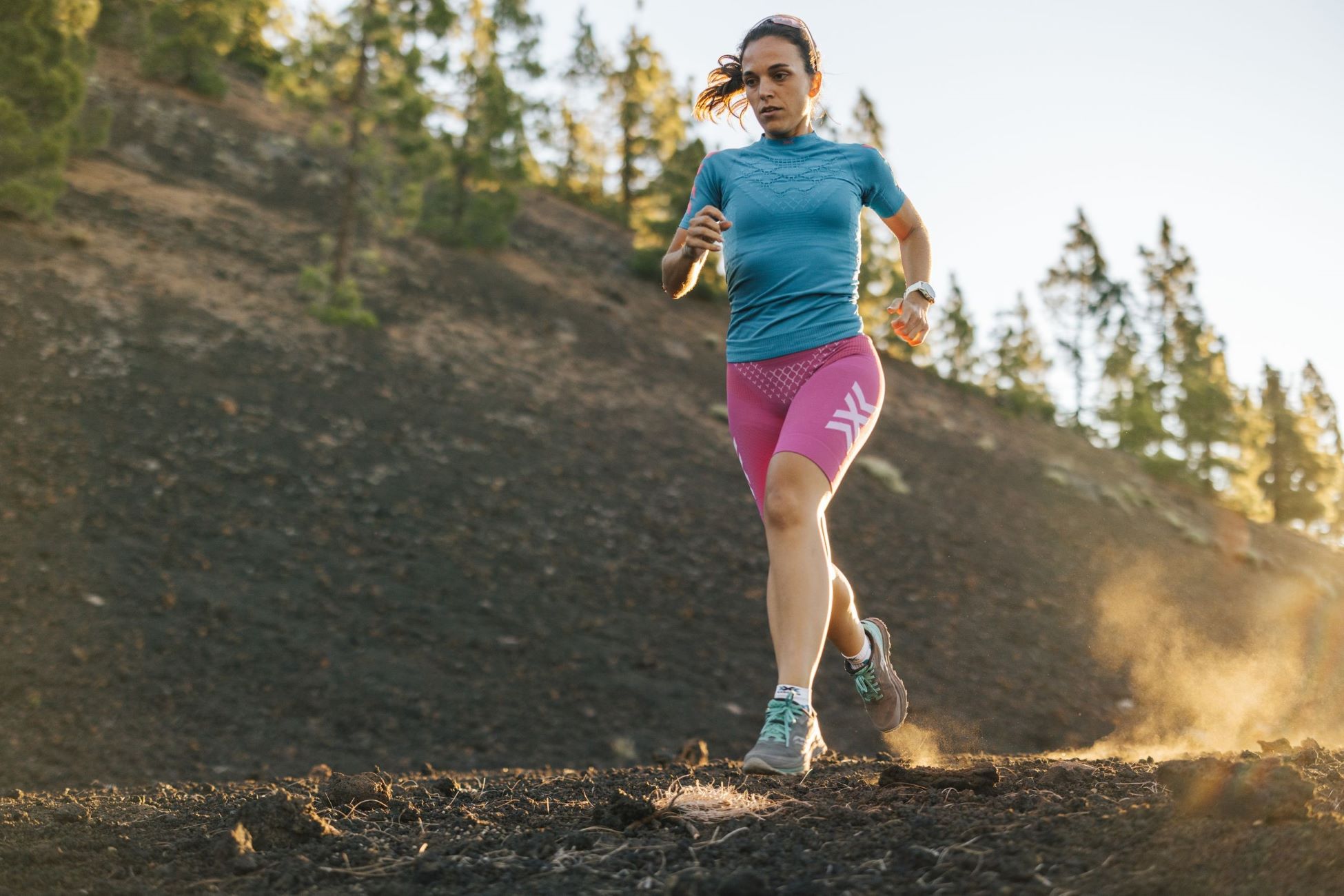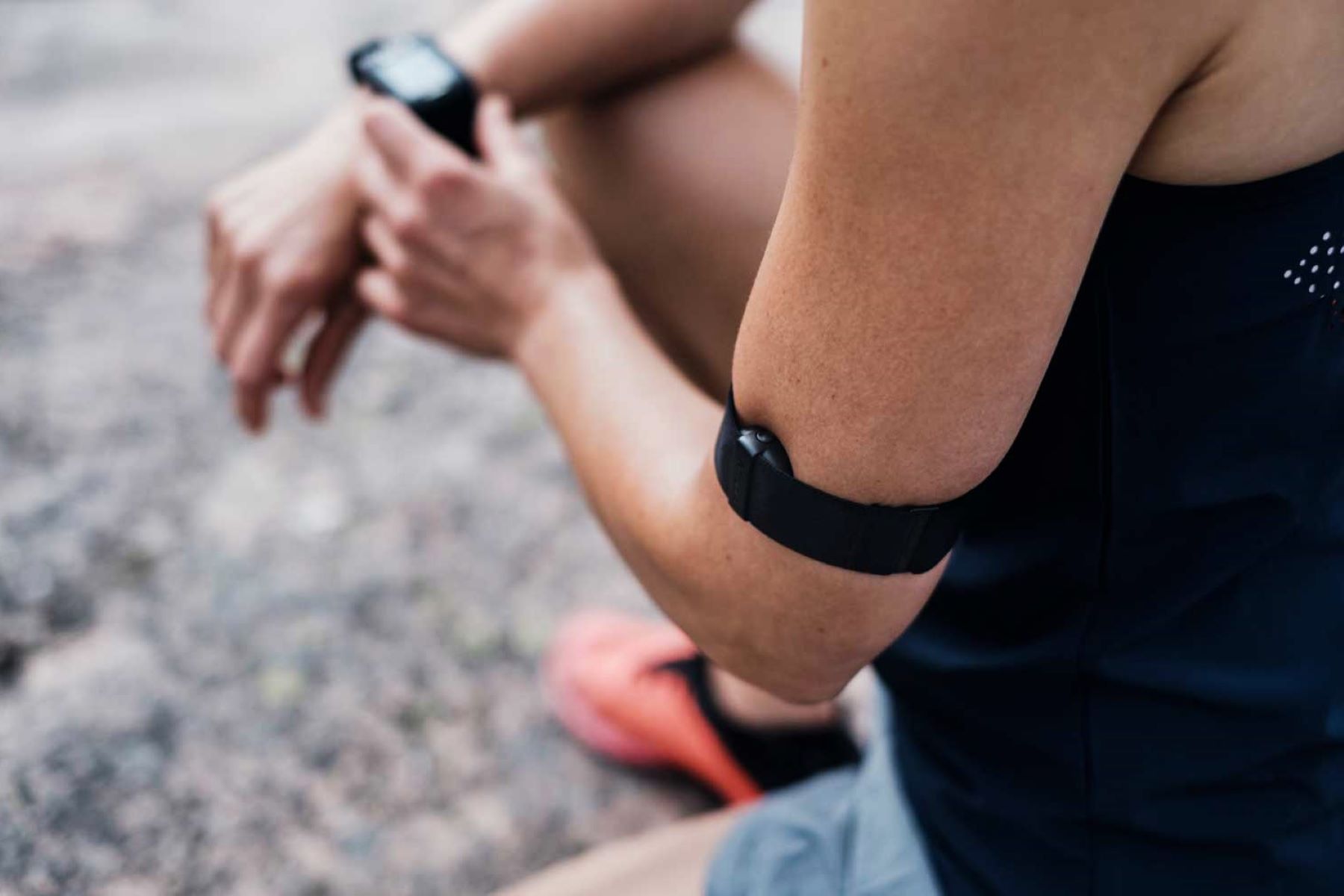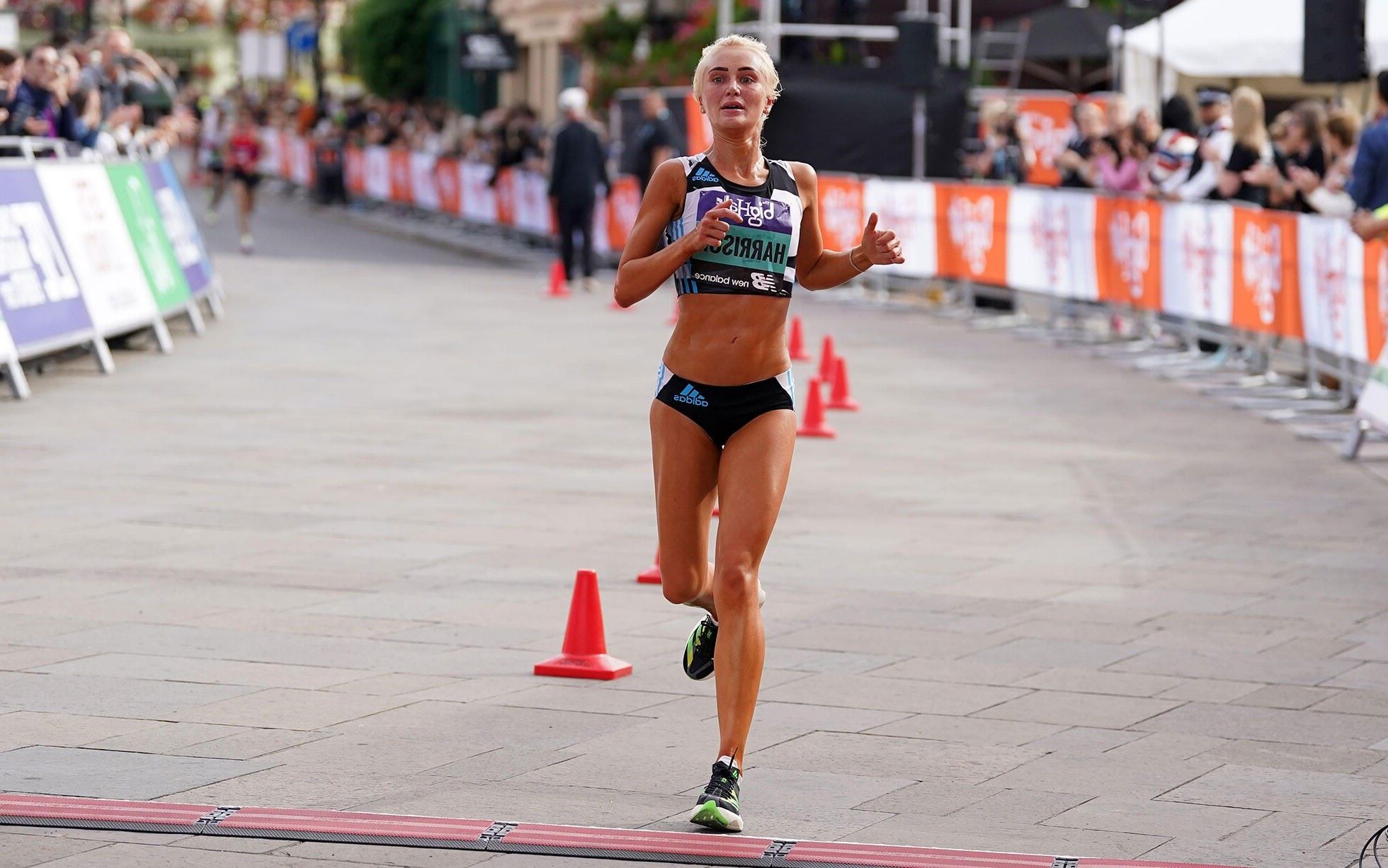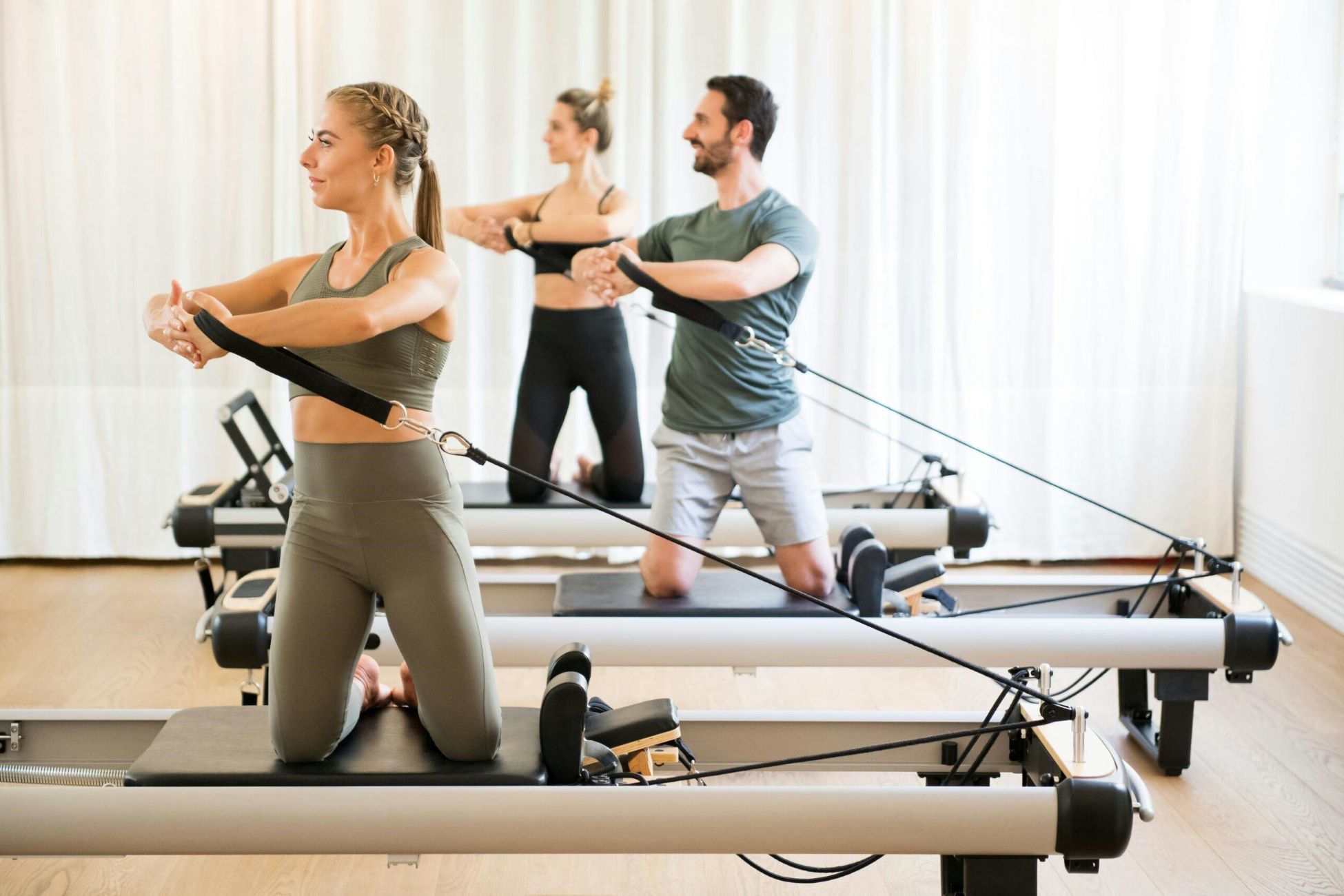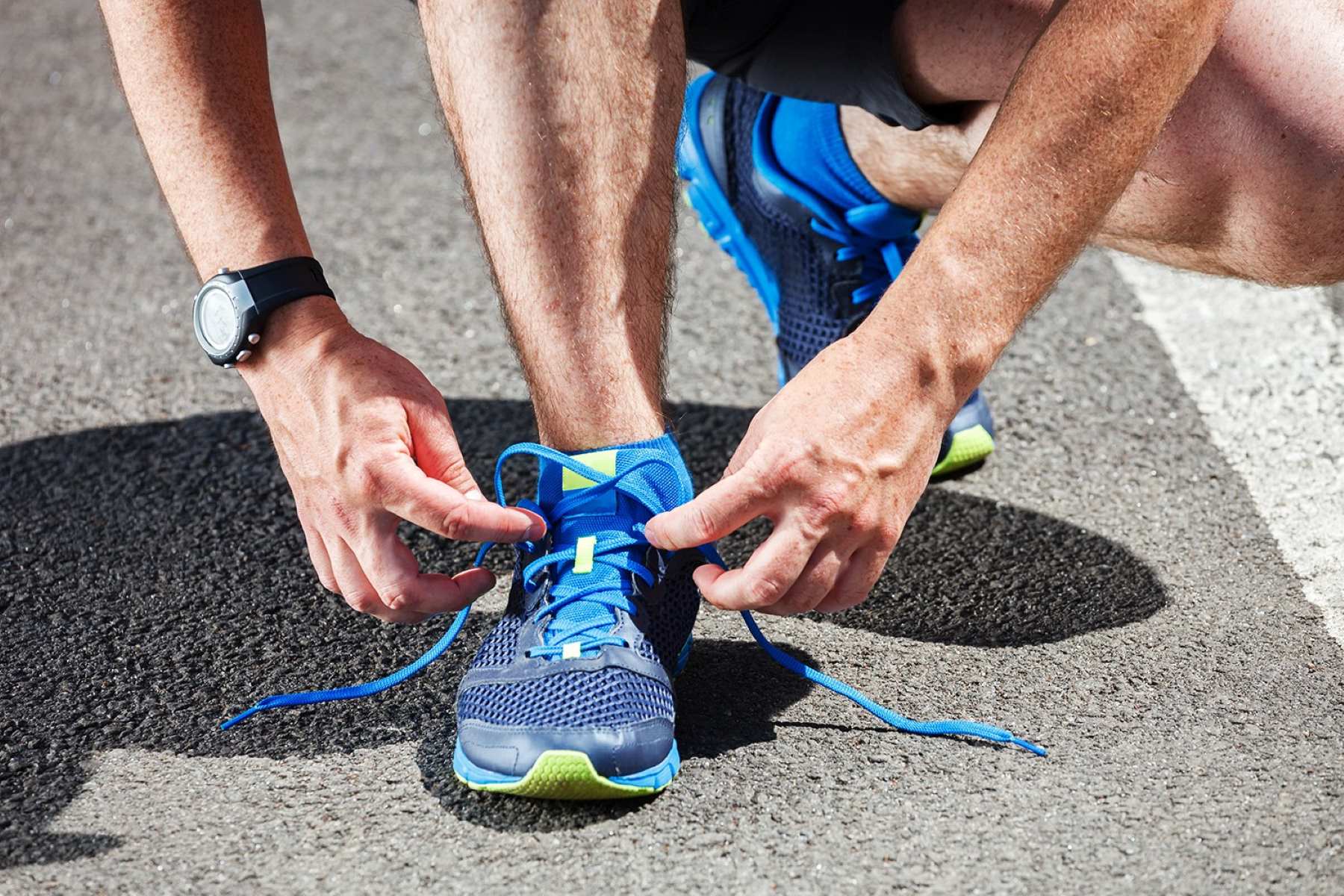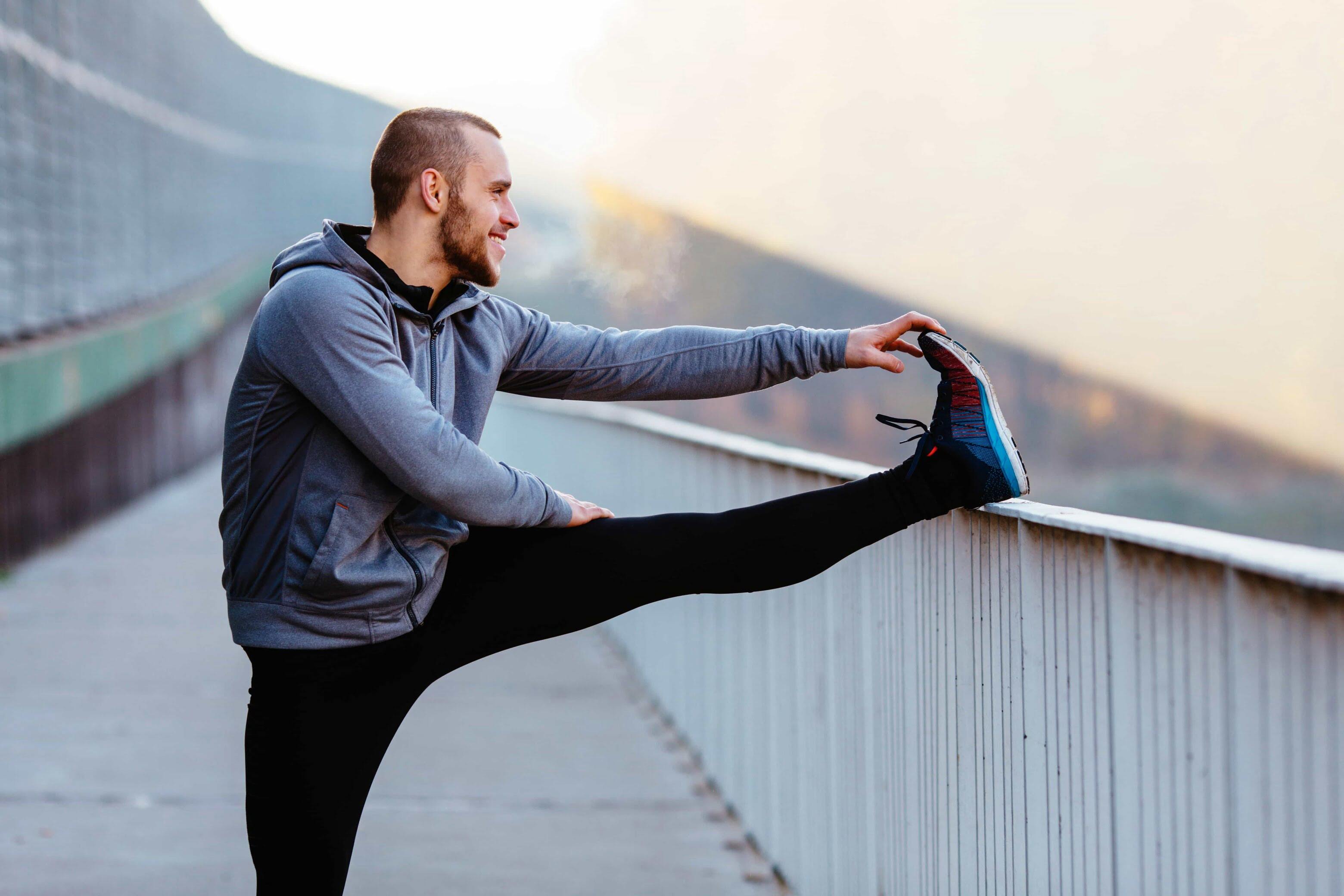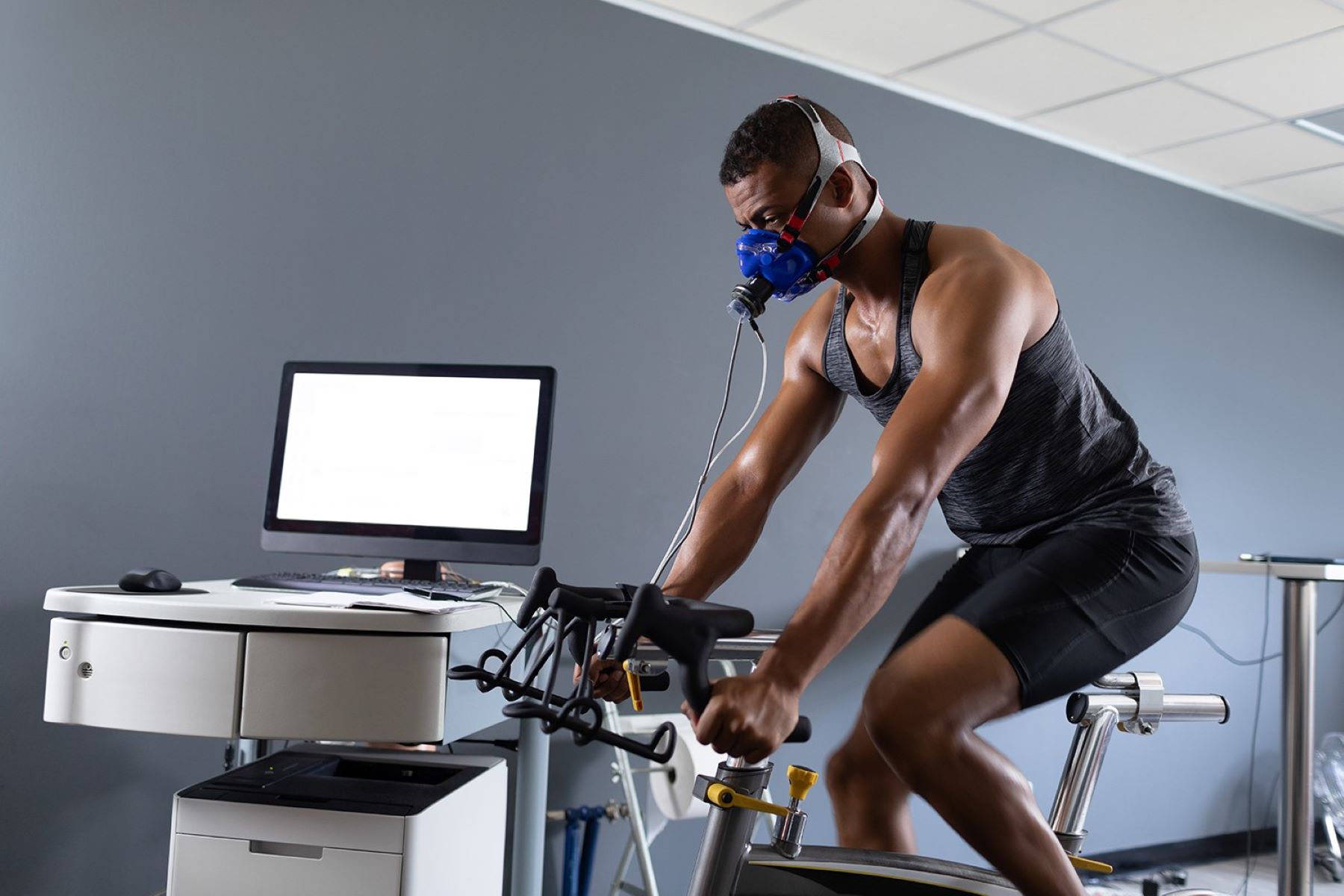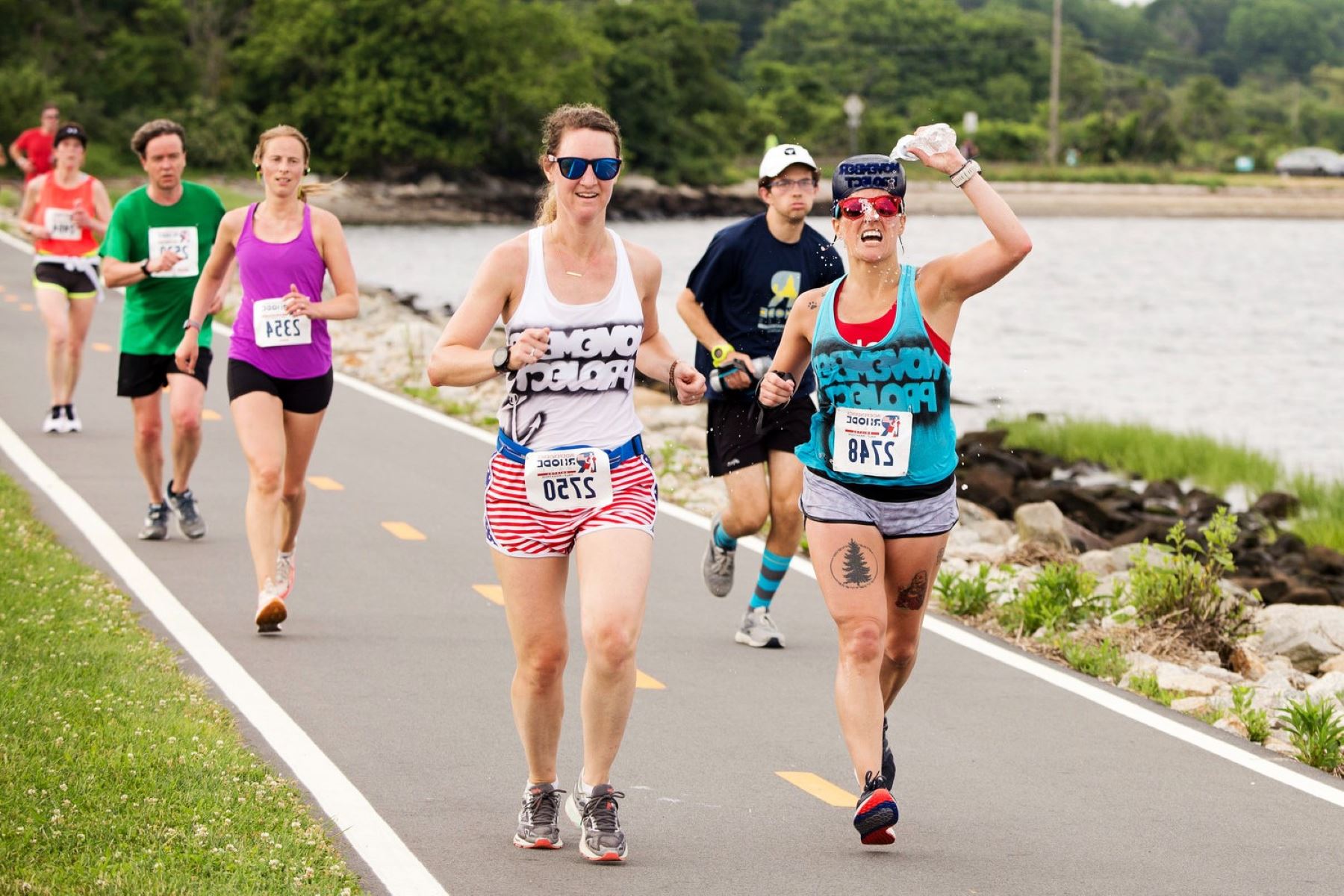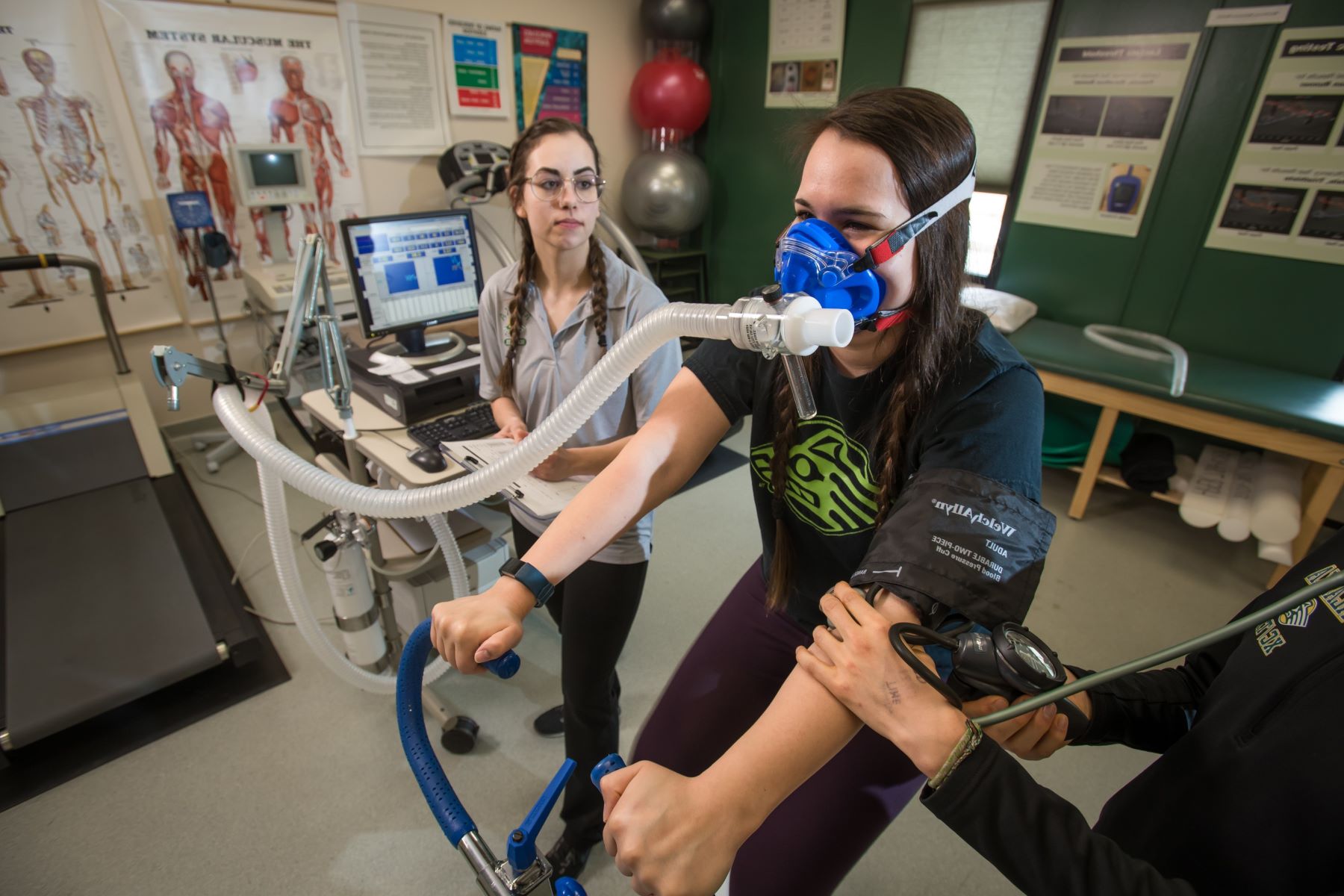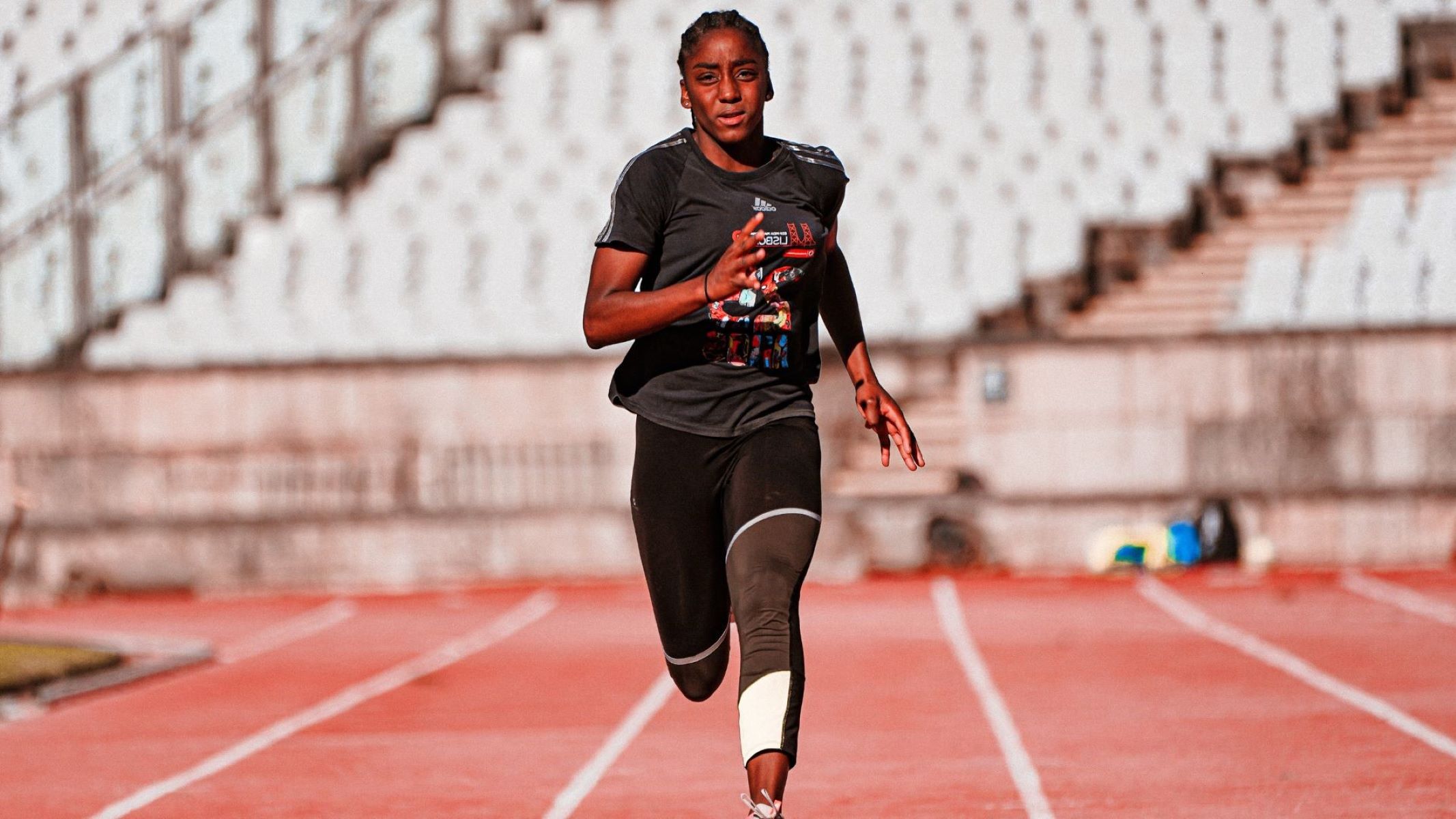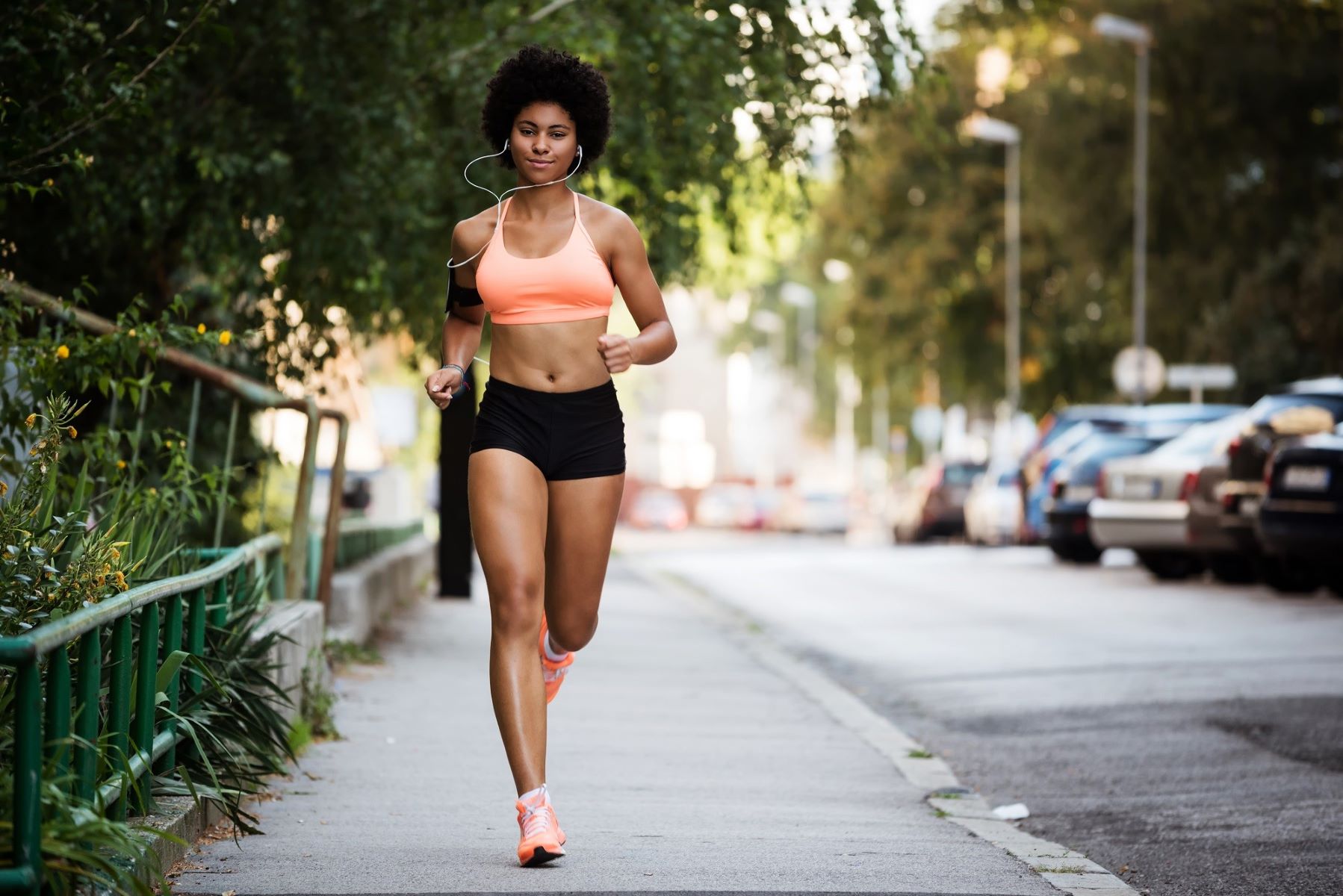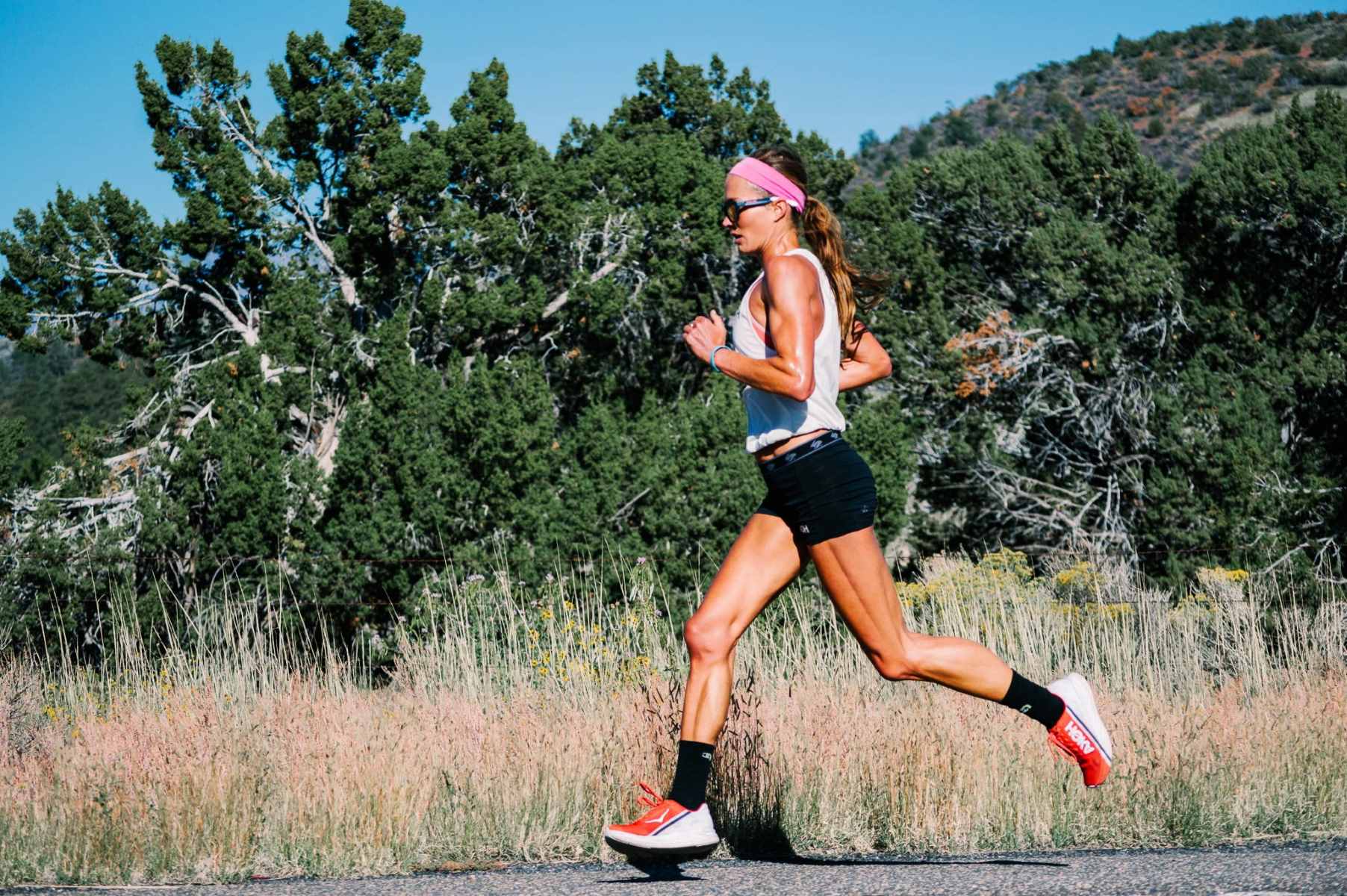Home>Health & Nutrition>Running Transformed The Life Of An Obese And Type 2 Diabetic Woman, Now A Parkrun Ambassador
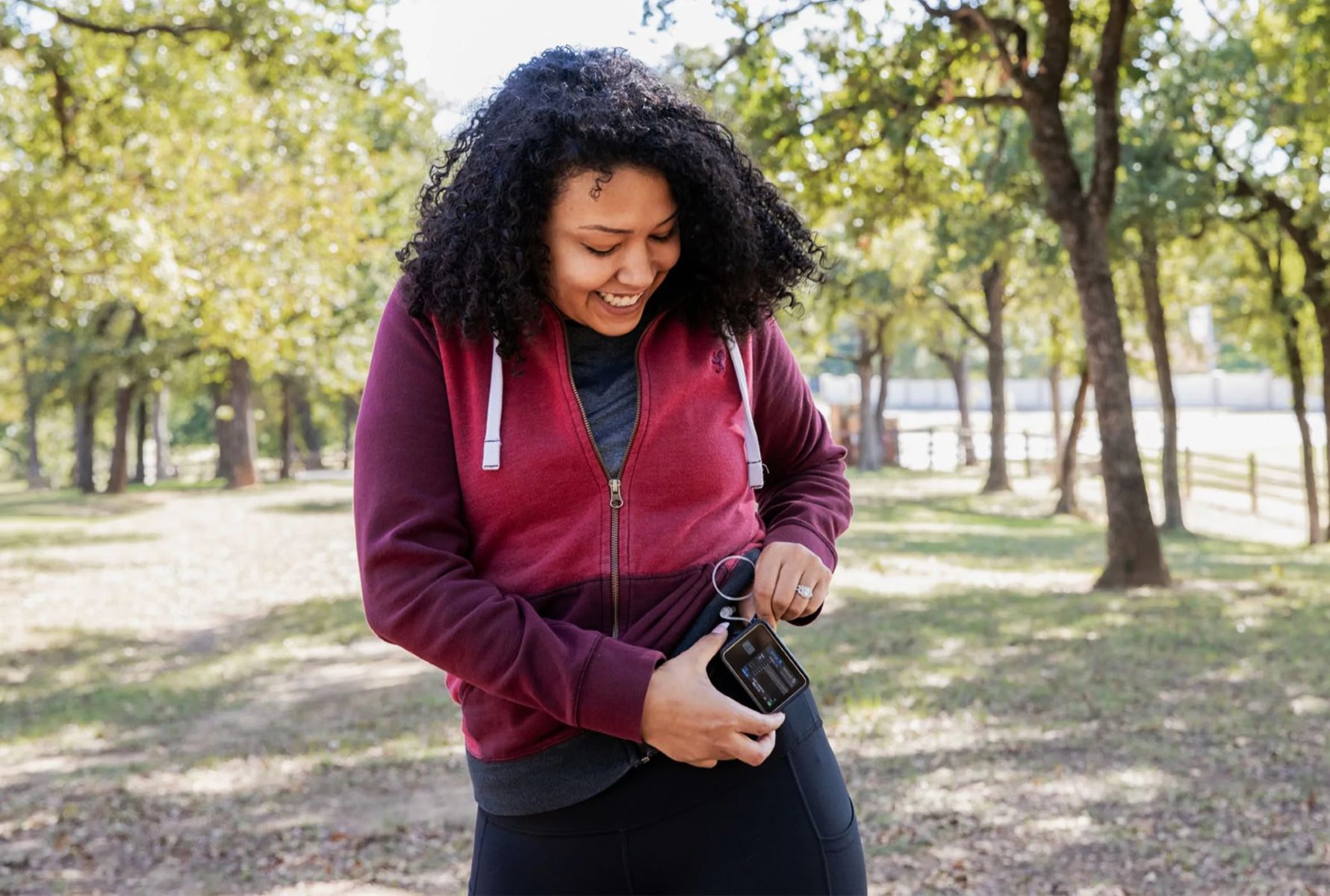

Health & Nutrition
Running Transformed The Life Of An Obese And Type 2 Diabetic Woman, Now A Parkrun Ambassador
Published: March 7, 2024
Discover the inspiring journey of a once obese and diabetic woman who transformed her life through running. Follow her story as she now advocates for health and nutrition as a Parkrun Ambassador.
(Many of the links in this article redirect to a specific reviewed product. Your purchase of these products through affiliate links helps to generate commission for Therunningadvisor.com, at no extra cost. Learn more)
Table of Contents
Overcoming Obstacles
Running can be a powerful tool for overcoming obstacles, especially for individuals facing health challenges. For an obese and type 2 diabetic woman, the journey to becoming a runner was not without its hurdles. However, with determination and perseverance, she was able to conquer these obstacles and transform her life through running.
-
Health Challenges: Dealing with obesity and type 2 diabetes can be daunting. These health conditions often come with physical limitations and emotional struggles. However, through consistent training and a gradual increase in physical activity, this woman was able to manage her conditions and improve her overall health.
-
Self-Doubt and Insecurities: Starting a running routine when dealing with obesity and diabetes can be intimidating. The fear of judgment and the uncertainty of one's abilities can be overwhelming. However, by setting realistic goals and focusing on personal progress, she was able to push through the self-doubt and insecurities that initially held her back.
-
Physical Limitations: Obesity and diabetes can present physical barriers to exercise. Joint pain, fatigue, and other symptoms can make it challenging to engage in physical activity. However, by working closely with healthcare professionals to develop a safe and effective exercise plan, she was able to gradually build her strength and endurance, overcoming these physical limitations.
-
Lifestyle Changes: Overcoming obstacles often requires significant lifestyle changes. From dietary adjustments to daily routines, embracing a new way of living can be overwhelming. However, by seeking support from healthcare providers, nutritionists, and fitness experts, she was able to make sustainable lifestyle changes that complemented her running journey.
-
Mental Resilience: The mental hurdles associated with obesity and type 2 diabetes should not be underestimated. Overcoming negative thought patterns and developing mental resilience is crucial for long-term success. Through the practice of mindfulness, positive affirmations, and seeking support from mental health professionals, she was able to cultivate the mental strength needed to overcome these obstacles.
By conquering these obstacles, this woman not only transformed her own life but also became an inspiration to others facing similar challenges. Her journey exemplifies the transformative power of running and serves as a testament to the resilience of the human spirit.
Embracing a New Lifestyle
Embracing a new lifestyle is a fundamental aspect of incorporating running into one's daily routine, especially for individuals overcoming health challenges. For the obese and type 2 diabetic woman, transitioning to a new lifestyle was a pivotal step in her running journey. Here's how she embraced a new way of living:
-
Nutritional Changes: Embracing a new lifestyle involved reevaluating her dietary habits. With the guidance of a nutritionist, she made gradual yet significant changes to her eating patterns. Incorporating more fruits, vegetables, lean proteins, and whole grains while reducing processed foods and sugary beverages became a cornerstone of her new lifestyle. These nutritional adjustments not only supported her running endeavors but also contributed to better management of her diabetes and weight.
-
Physical Activity Integration: Embracing a new lifestyle meant integrating physical activity into her daily routine. In addition to her running regimen, she explored other forms of exercise that complemented her fitness goals. From strength training to yoga, she diversified her physical activities, promoting overall strength, flexibility, and cardiovascular health. This holistic approach to fitness became an integral part of her newfound lifestyle.
-
Mindset Shift: Embracing a new lifestyle required a shift in mindset. She adopted a more positive and proactive approach to her health and well-being. Instead of viewing exercise and healthy eating as burdensome tasks, she embraced them as opportunities for self-care and empowerment. This shift in mindset not only fueled her running journey but also enhanced her overall quality of life.
-
Routine Adjustment: Embracing a new lifestyle involved making adjustments to her daily routine. Prioritizing adequate sleep, scheduling regular exercise sessions, and carving out time for meal preparation became essential components of her revamped routine. By structuring her days around healthy habits, she created a sustainable framework for her new lifestyle.
-
Social Support: Embracing a new lifestyle also meant seeking support from like-minded individuals. She connected with local running groups, engaged with online communities focused on health and wellness, and surrounded herself with individuals who shared similar aspirations. This sense of community support provided encouragement, accountability, and a shared sense of purpose, reinforcing her commitment to her new lifestyle.
Embracing a new lifestyle was not just about running; it was a holistic transformation that encompassed nutrition, physical activity, mindset, routine, and social connections. By embracing this new way of living, the woman not only improved her health but also discovered a profound sense of fulfillment and vitality that transcended the act of running itself.
Finding Community Support
Finding community support was a pivotal aspect of the woman's running journey. It provided her with a sense of belonging, encouragement, and accountability, ultimately contributing to her overall success. Here's how she found and embraced community support:
-
Local Running Groups: She actively sought out local running groups and clubs in her area. These groups not only provided opportunities for group runs and training sessions but also fostered a sense of camaraderie and shared passion for running. Being surrounded by individuals with similar goals and experiences created a supportive environment that fueled her motivation and commitment to running.
-
Online Communities: In addition to local groups, she also engaged with online communities dedicated to running, health, and wellness. These virtual spaces offered a platform for sharing experiences, seeking advice, and celebrating milestones. The connections she formed in these online communities transcended geographical boundaries, allowing her to tap into a diverse and expansive network of support.
-
Parkrun Participation: As her running journey progressed, she became involved in Parkrun events, where she found a vibrant and inclusive community of runners. Parkrun not only provided her with opportunities to participate in organized, timed runs but also introduced her to a network of fellow runners, volunteers, and supporters. The sense of community and encouragement she experienced at Parkrun further solidified her passion for running.
-
Supportive Friends and Family: The woman found unwavering support from her friends and family members. Their encouragement, understanding, and willingness to participate in her running endeavors created a strong support system. Whether it was cheering her on at races, joining her for training runs, or simply offering words of encouragement, the support of her loved ones played a significant role in her running journey.
-
Mentorship and Guidance: She sought mentorship and guidance from seasoned runners within the community. Connecting with experienced individuals not only provided her with valuable insights and advice but also instilled a sense of mentorship and guidance that propelled her forward. Learning from the experiences of others within the running community enriched her own journey and fostered a deep sense of connection.
Finding community support was not just about having a network of individuals around her; it was about being part of a collective journey. The encouragement, shared experiences, and mutual support she received from the running community became an integral part of her running narrative, reinforcing her passion for the sport and inspiring others along the way.
Becoming a Parkrun Ambassador
Becoming a Parkrun Ambassador was a significant milestone in the woman's running journey. It not only symbolized her dedication to the running community but also presented an opportunity to inspire and support others in their pursuit of health and fitness. Here's how she embraced the role of a Parkrun Ambassador:
-
Commitment to Parkrun: Her commitment to the Parkrun movement was unwavering. As a regular participant in Parkrun events, she embodied the spirit of inclusivity, determination, and community that Parkrun represents. Her consistent presence and enthusiasm for Parkrun caught the attention of the organizers and fellow participants, laying the foundation for her role as an ambassador.
-
Advocating for Wellness: Embracing the role of a Parkrun Ambassador allowed her to advocate for wellness within her local community. She actively promoted the benefits of regular physical activity, the supportive environment of Parkrun, and the transformative power of running. By sharing her own journey and experiences, she became a vocal advocate for health and wellness, inspiring others to lace up their running shoes and join the movement.
-
Supporting New Runners: As a Parkrun Ambassador, she took on the responsibility of supporting new runners, especially those facing similar health challenges. She offered guidance, encouragement, and practical advice to individuals who were taking their first steps into the world of running. Her empathetic approach and firsthand understanding of the obstacles associated with obesity and diabetes made her a relatable and reassuring figure for those embarking on their own running journeys.
-
Organizing Community Events: In her role as an ambassador, she organized community events and initiatives aimed at promoting physical activity and fostering a sense of togetherness. From beginner-friendly running workshops to educational sessions on health and fitness, she leveraged her position to create opportunities for individuals to engage with running in a supportive and non-intimidating environment. These events not only encouraged participation but also strengthened the sense of community within the local running scene.
-
Celebrating Milestones: One of her key responsibilities as a Parkrun Ambassador was to celebrate the milestones and achievements of fellow runners. Whether it was completing their first 5K or making significant strides in their health and fitness journeys, she made it a point to acknowledge and celebrate these accomplishments. By doing so, she reinforced a culture of encouragement and positivity within the running community, motivating others to set and pursue their own goals.
Becoming a Parkrun Ambassador was not just a title; it was a platform for her to make a meaningful impact. Through her advocacy, support, and community engagement, she embodied the values of Parkrun and became a beacon of inspiration for individuals seeking to overcome their own obstacles and embrace the joy of running.


